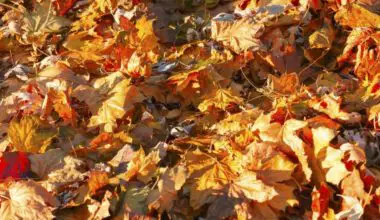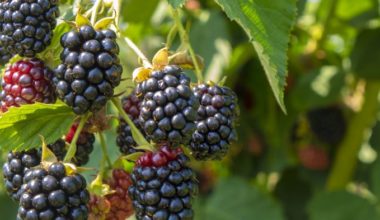The baobab, the most easily recognizable tree in the African savannah, is found in most sub-humid to semi-arid regions south of the Sahara. It cannot be ignored, unnoticed or considered an ordinary tree. It is the most massive of the known woody species and holds a prominent place in indigenous cultures and beliefs.
Often wider than it is tall, with root-like branches, and largely leafless for much of the year, Africa’s most famous tree, the baobab, also called by Africans “the magic tree”, “the medicine tree”, “the tree of life” or “the upside down tree”, seems to deserve all of these nicknames.
Contents
Planting the baobab
Where to plant it?
The baobab grows in semi-arid and sub-humid tropical regions where rainfall varies between 250 and 1,500 mm and up to an altitude of 1,500 m in East Africa. The sunshine there exceeds 3,000 hours per year. The temperature varies during the dry season from 68 to 86°F and during the wet season which is between June and October, from 88 to 102 °F. Its culture in our latitudes thus requires to maintain it inside during the winter season because it does not tolerate any frost.
All substrates, even calcareous ones, are suitable for it, with however a preference for deep, humid but very well drained soils, and not too acid. A fertile but low phosphate soil is recommended.
The baobab requires a very bright location.
When to plant the baobab?
The young plants are exported, generally from Senegal, without substrate for sanitary reasons. The branches and roots are coated with kerosene to limit evapotranspiration during transport. The trunk of succulent nature can thus resist from 3 to 5 months while waiting to be planted.
Plant it when temperatures rise in April-May so that it can emit leaves.
How to plant it ?
Fill a bonsai pot with drainage holes, with a mixture of 30% free soil, 30% leaf compost and 40% river sand.
Position the young baobab, usually 2 years old, so that half the height of the roots is exposed to the air.
Place the pot in full light behind a south-facing window.
Then water copiously until leaves appear.
If you have a heated greenhouse, plant your baobab in the ground by digging a hole 22 inches deep by 12 inches square. Add a shovelful of compost and mix it into the soil, then water thoroughly.
Growth of the baobab
The growth of the trunk is slow. The branches grow faster and can reach 8-12 inches in one season. You can let it grow like this or you can choose a shorter shape which will also allow it to grow faster from the trunk with a short pruning of the branches. By pinching the tips of the young shoots, your baobab will branch out more quickly.
Culture and maintenance of the baobab
It is best to water the baobab during the summer season when the branches are bearing the leaves which you can even spray. An excess of water is detected by the yellowing of the foliage. Thanks to its succulent trunk, a lack of watering is of course not a problem. Wait until the soil dries to a depth of 1 inch before watering again.
Start fertilizing in April-May and continue until the leaves fall with a complete 6-6-6 + trace elements fertilizer.
Place the baobab outside as long as the night temperatures do not fall below 59°F. Beware of excessive rainfall which could cause it to rot. The baobab can also be kept indoors all year round.
Stop watering in autumn as soon as the leaves fall and wait until the following spring to start watering gradually. As for geraniums (Pelargonium), it is also possible to keep the plant bare-rooted, at 68°F, during the resting period when the tree has no more leaves, that is from the beginning of November.
Re-pot about every 2 years, at the end of May-beginning of June. The baobab has a kind of bulb with a few rootlets that lengthens over the years. When growing in a bonsai pot, repotting forces this bulb to emerge from the pot more and more, which gives an additional aesthetic character to this bottle tree.
Temperature for the baobab
The baobab can be taken outside from June to September as long as the temperature does not fall below 59°F day and night. It can withstand a few days of slightly cooler nights but beware if this persists, it should be brought indoors.
Pruning the baobab
When to prune ?
The pruning of the baobab is not necessary but it is rather practiced during the vegetative season.
How to prune ?
The baobab accepts pruning like all succulents. It is enough to let the wound dry in the sun in order to heal the tissues. Large wounds, especially at the root level, can be coated with Bordeaux mixture (copper sulfate) to avoid rotting.
On bonsai trees, to change the orientation of the trunk and the branches, prefer to tie them up rather than to tie them up.
Diseases of the baobab
Mites sometimes attack the foliage indoors when the air is dry. They create a yellowing of the leaf blades covered with very fine webs resembling spider webs. Spray the foliage often, apply a miticide if necessary.









